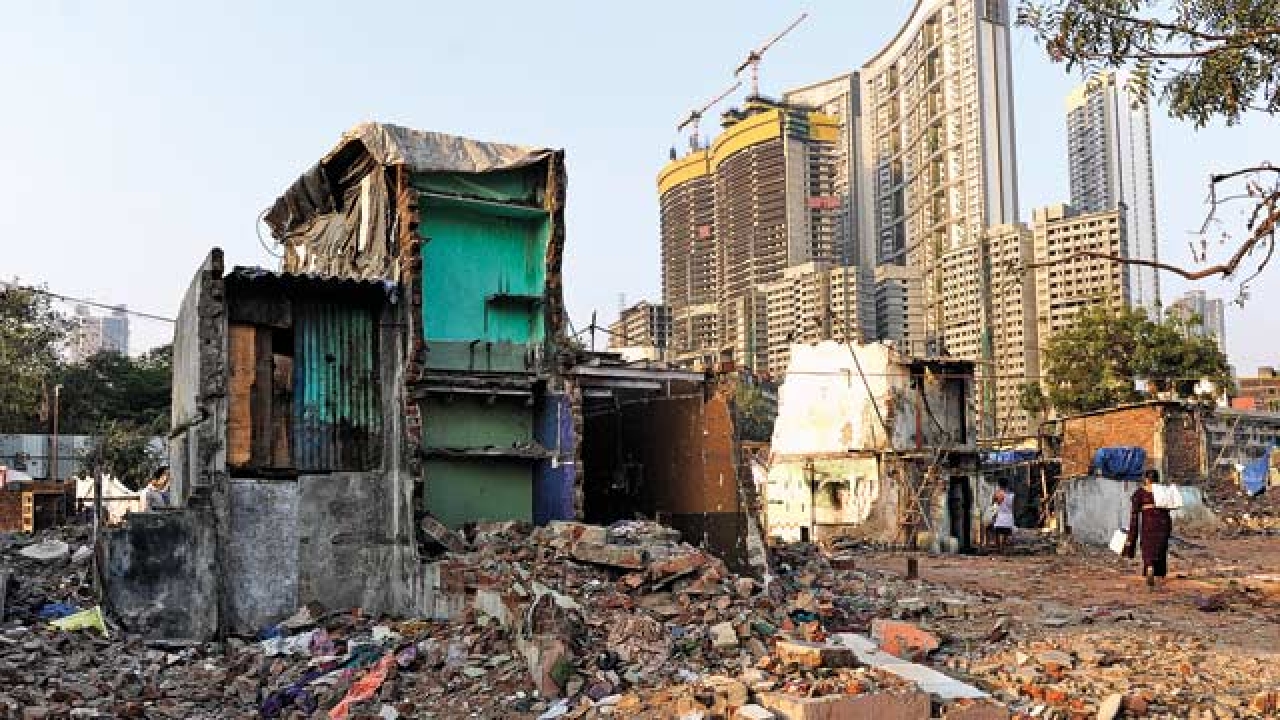What is housing and Land Right?
As estimated by the United Nations, around 100 million people worldwide are homeless, i.e. they do not have a place to live. Apart from this over 1 billion people live in dearth of basic services. 82 million of India’s total urban population of 285 million, accounting to about 30% of it, lives in slums and other low income informal settlements according to the Census 2001 data. Overall, about 50% of India’s population lives in the condition of extreme deprivation. This population has a little or no access to the adequate housing and basic services. The Housing and Land right is a basic human right that is still denied to many.
“Everyone has the right to a standard of living adequate for the health and well being of himself and his family, including food, clothing, housing, medical care and necessary social services, and the right to security in the event of unemployment, sickness, disability, widowhood, old age or other lack of livelihood in circumstances beyond his control. “ (The Universal Declaration of Human Rights (UDHR), 1948).
The rights of the citizens are violated by the state despite the presence of the national and international legal commitments. The increasing slums and inadequate settlements, homeless, forced evictions of the existing communities are a manifestation of the violation of human rights to adequate Housing and land. The failure to provide adequate housing and basic services leads to the violation of the human right to live a life with dignity.
The right to housing and land is not only limited to the presence of four walls and a roof over an individual’s head. It also talks about the holistic environment linked to it. Apart from the physical dimensions, it includes everything from the cultural, social aspect to the legal environment. The right to housing and land does not stand in isolation. It is encompassed in the other human rights like right to livelihood, right to education and others.
Forced Evictions:
Most of the individuals belonging to low-income socio economic strata do not enjoy the security of tenure over housing and land. They constantly live under the threat of being evicted. Forced evictions of these low income households are on a constant rise because of the increasing developmental projects. The evictions are more often carried out by the government and private sector in collaboration. The reasons for the forced evictions could be various and may include the developmental projects, beautification of the city, “Mega Events” like Commonwealth Games, Privatization. A major reason could be the criminalisation of the individuals from slums. They are often labelled as “encroachers” and therefore they are denied there their basic human rights including the rights to land and housing.
The forced evictions have been continuously done across the country and are often carried out without adhering to the human rights standards. Eviction leaves a deep impact on the lives of the people. Evictions have led to the loss of housing, livelihood, education of children, access to basic services, security and lives of individuals in a few cases.
According to the recent report by HLRN, in the year 2017 nearly 150 homes were destroyed every hour in India. (Housing and Land Right Networks). The data reveals that around 53,700 homes accounting to more than 2.6 lakh people were forcefully evicted, at both state and central level, across rural and urban India. This data includes the homeless people. The loss of assets and cost of eviocions is rarely assessed and the chances of the individuals getting the compensation for the loss is even lesser. They are also not provided with the adequate restitution by the state.
The “cut off” dates become one of the reason for the exclusion. The individuals who own the documents of dates after the cut off date are not considered to be eligible for the alternative housing or the resettlement. The possession of the documents of the dates before the ‘cut off’ date is difficult because the individuals often get them renewed at regular interval. This may also be due to the loss of documents. In Kathputli colony a widow, whose husband expired in the same year as that of the residency cut- off date got all her documents made after his demise. The woman has been residing here with her children and husband for years before the cut off date but wasn’t considered eligible for the alternative housing. Only a few households are able to access the alternative housing because of different criterias that have been implemented by the implementing agencies.
Not to mention the inhumane conditions of the sanitation, healthcare, water and the other basic services at the place of resettlement. The recent eviction in the Louis Welfare Association Hostel for Blind is a very appropriate example of this. The resettlement areas are often located at far off places therefore affecting their and most often at the fringes of the urban area.
